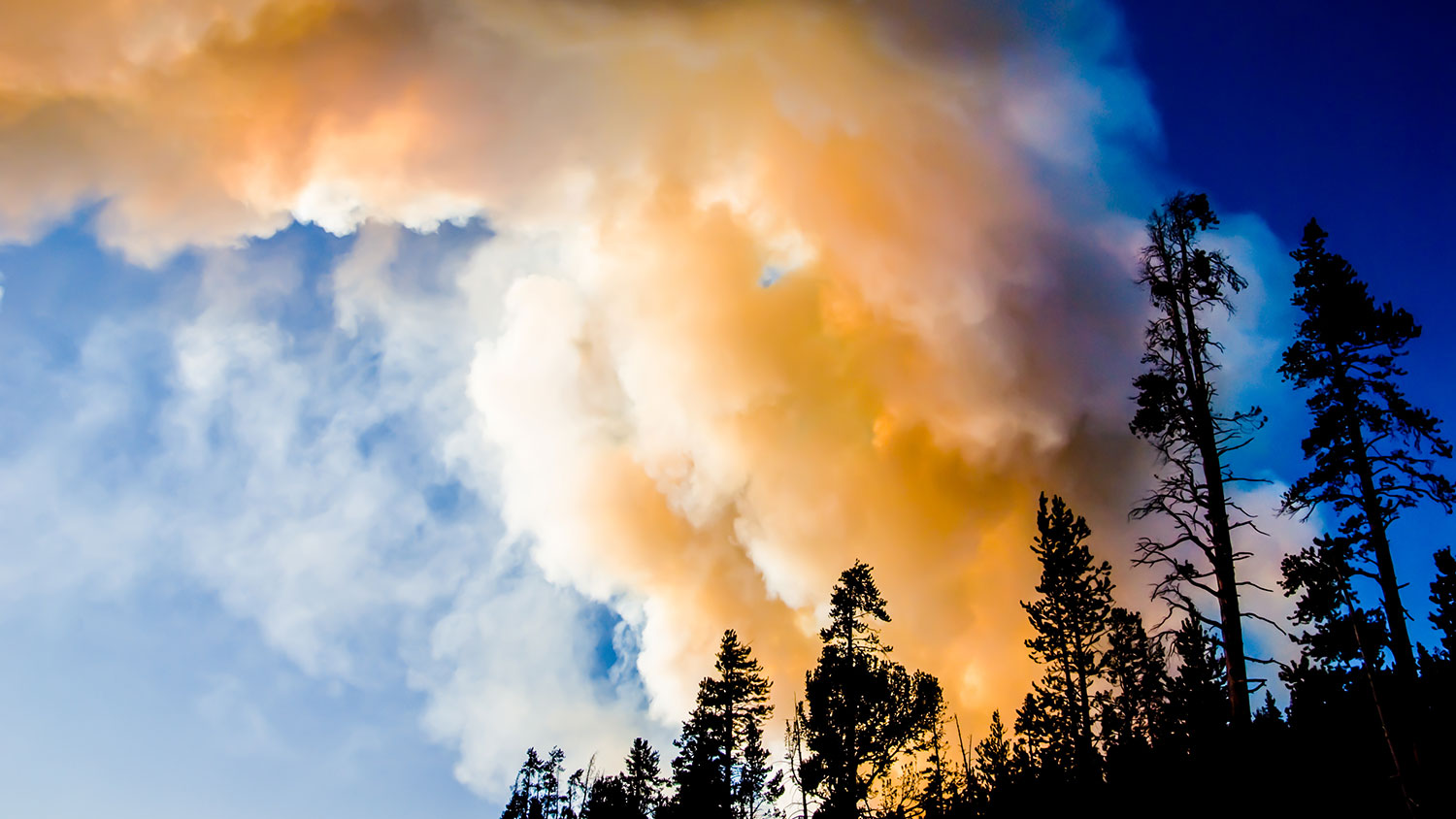There’s little doubt that wildfires are getting bigger, badder, and more damaging across the globe, but the question of how to deal with them is dividing environmentalists.
According to most calculations, 2015 was a record-setting year for wildfires in the U.S. By the end, more than 10 million acres had burned across the country. Many of these were in the Western states, where hellish, otherworldly burns took over in normally temperate states like Washington and Alaska. In Boise, Idaho, a 100-foot-tall “firenado” sprouted from a blaze. California alone experienced more than 6,300 wildfires. The U.S. Forest Service recently named last year’s fire season as the worst in history. But this, according to some environmentalists, was a mistake — and one that’s only going to make the problem worse.
The response to wildfires is generally to fight them: 1,200 firefighters from as far away as New Zealand were dispatched to fight a single fire in Washington state in 2015, and firefighting now takes up more than 50 percent of the Forest Service’s annual budget — up from 16 percent in 1995. But in some cases, does fighting fires actually exacerbate them? Some environmentalists say yes: The Forest Service typically clears charred trees and brush after a fire to prevent reignition, but this actually damages ecosystems, say wildlife biologists, which rely on periodic burns to produce new habitat.
A network of about 30 small environmental groups that view wildfires as a natural part of the ecology — and think more should be allowed to burn — consider the U.S. Forest Service’s record declaration a scare tactic. These critics say the service suppresses too many fires as part of what Chad Hanson, a fire ecologist for the John Muir Project, calls “a 19th-century notion that they damage the ecology and are bad.”
The dispute could have ramifications on Capitol Hill and for communities surrounded by wilderness and the firefighters who defend them. The Agriculture Department, which controls the Forest Service, spent $1.7 billion battling last year’s blazes and is pressing lawmakers to provide more funding this year. Climate change has extended the fire season, officials say, and more huge fires are likely given the ongoing drought in the West.
But the critics want Congress to deny the request, saying the way the service manages the woods — with logging contractors cutting trees and removing underbrush — is actually causing more intense and damaging fires. Hanson and fire historians say that in the early 20th century, up to 30 million acres burned each year, mostly in the understory of trees and with less severity.
Some experts agree. Kyle Dickman, a former wildland firefighter and author of On the Burning Edge, an account of the 2013 Yarnell Hill fire that killed 19 hotshot firefighters, wrote in The Washington Post last year:
What’s different about today’s fires is the intensity with which they’re burning. One reason is that fire suppression has changed Western forests. Take the ponderosa stands of the Southwest: Historically, low-intensity blazes, ignited by lightning or indigenous peoples, burned every five to 10 years, thinning the forest of young saplings and brush and leaving just 150 large trees per acre. Today, in the absence of flames, those stands are choked with as many as 1,200 trees per acre — too thick to walk through without risking a branch in your eye.
The consequences are enormous — especially in areas inhabited by people. And that’s the issue that’s most dividing environmental groups: how you balance effective fire policy, which may mean letting fires burn themselves out instead of suppressing them, with the fact that peoples lives and property are at stake. It was this concern that led 150 other environmental groups to write Congress in support of increased funding for the Forest Service. More than half of homes built since the 1990s are on the edges of wild lands, the Nature Conservancy’s Chris Topik told The Washington Post. “The essence is, there’s so many more people at risk. There are things we all really care about, like wilderness and wildlife, but you have to gauge it with the risks.”
Despite the conflict, one thing is not in dispute: As climate change grows worse, so will wildfires, and as wildfires grow worse, so will climate change. Climate change creates conditions that foster wildfires, which leads to increased carbon emissions, which leads to more climate change, repeat. It’s a reinforcing loop — or, if you will, a ring of fire. And one, it seems, that we don’t yet know how to deal with.




